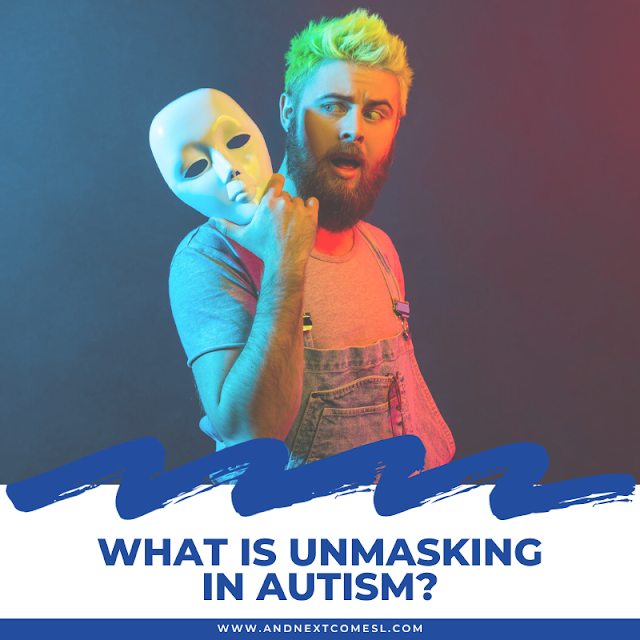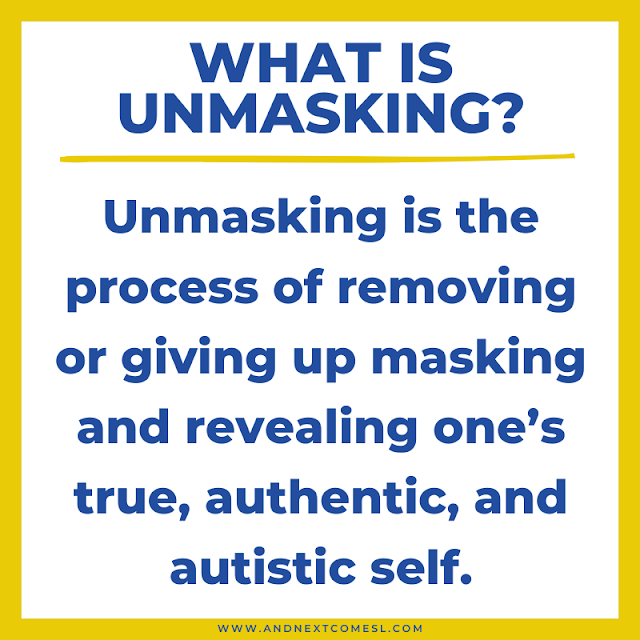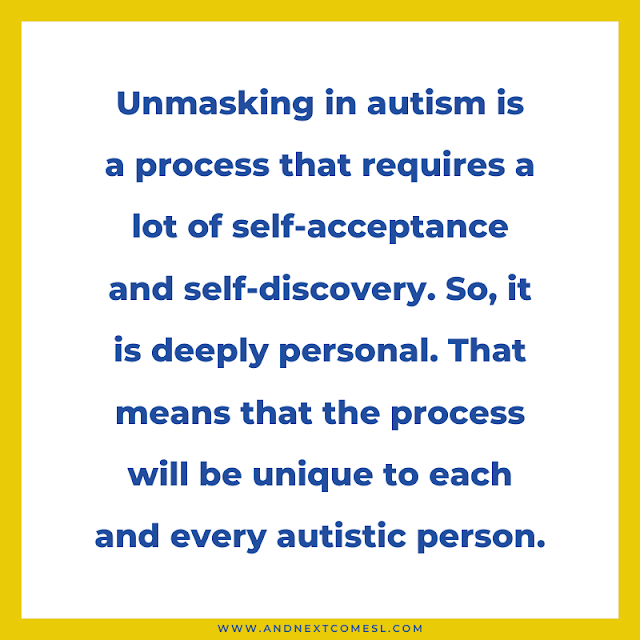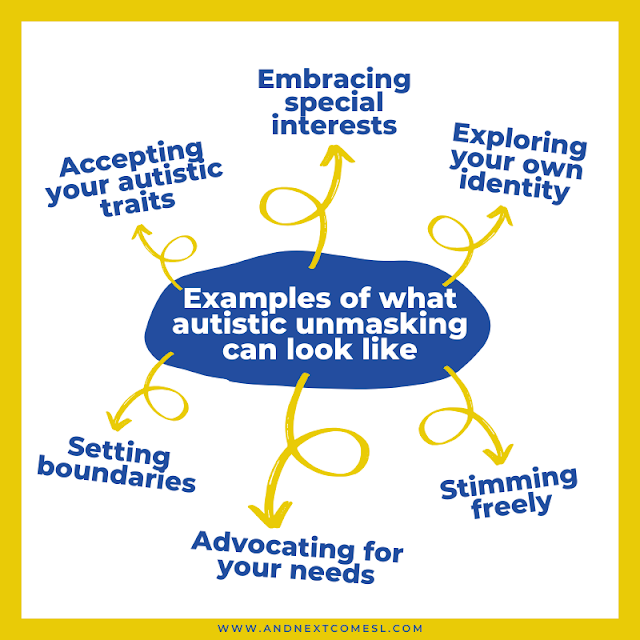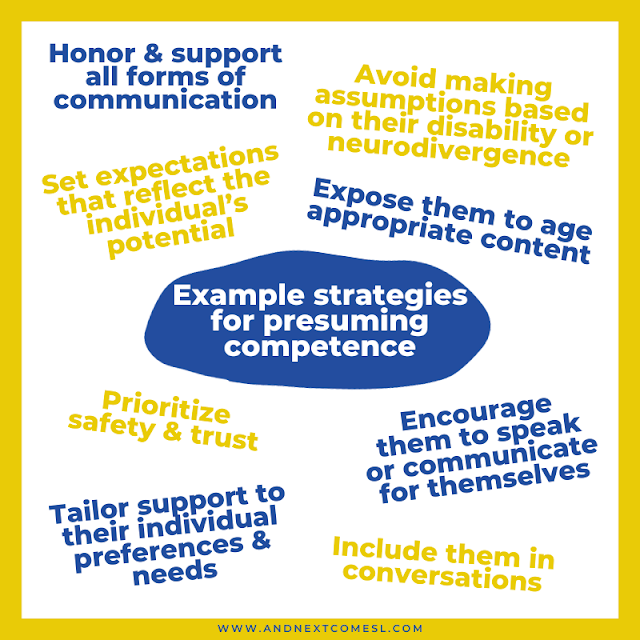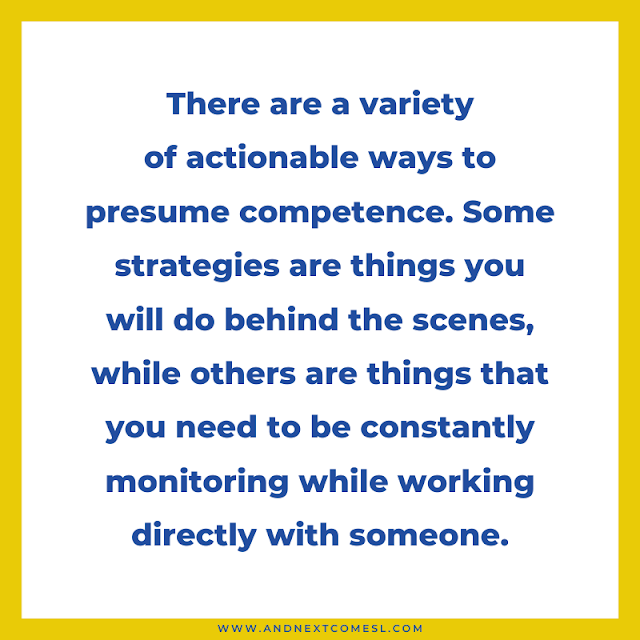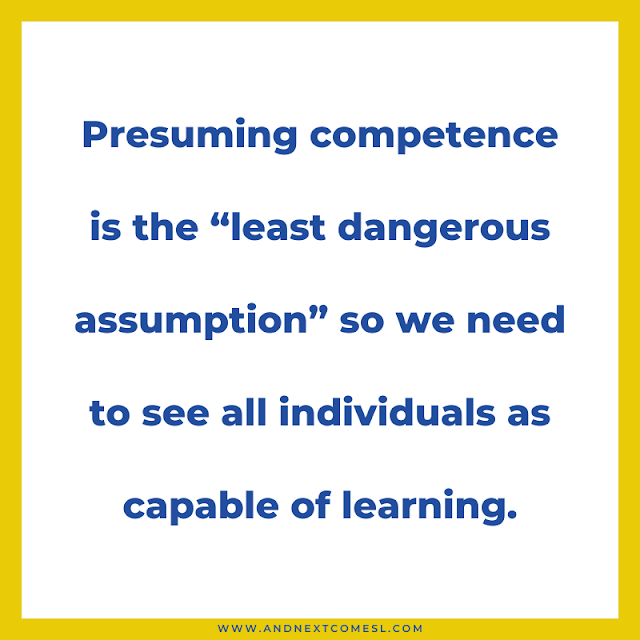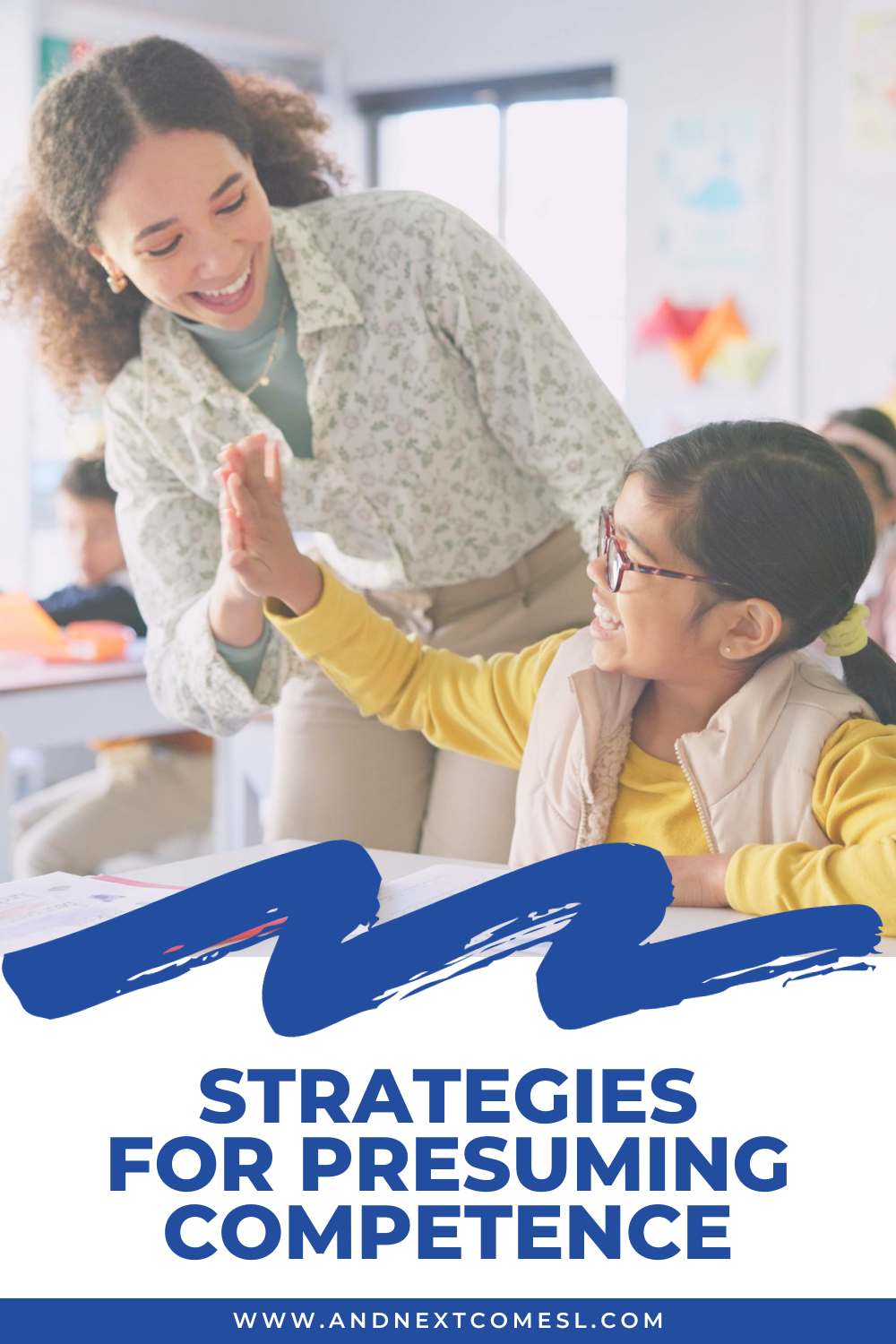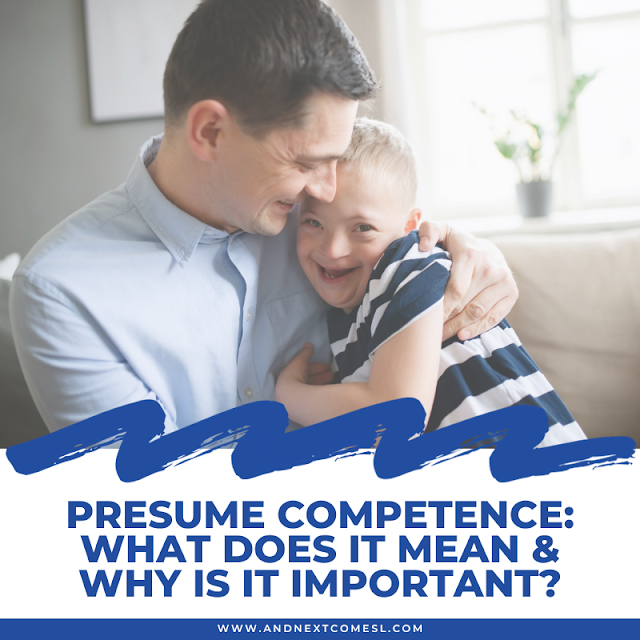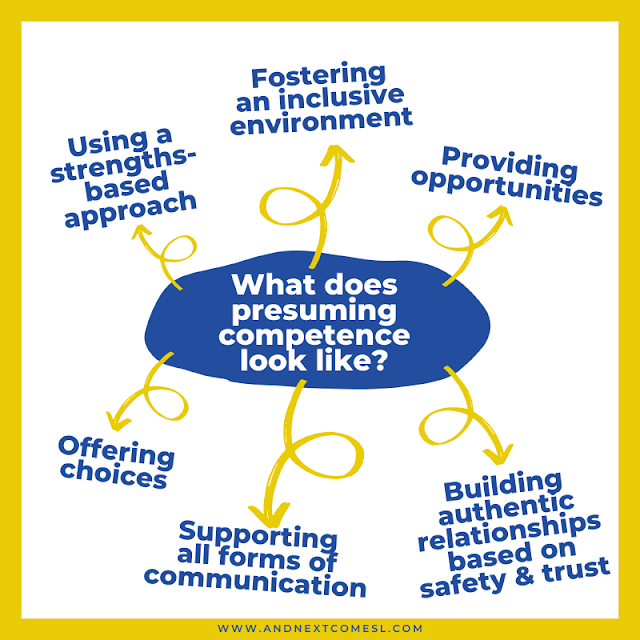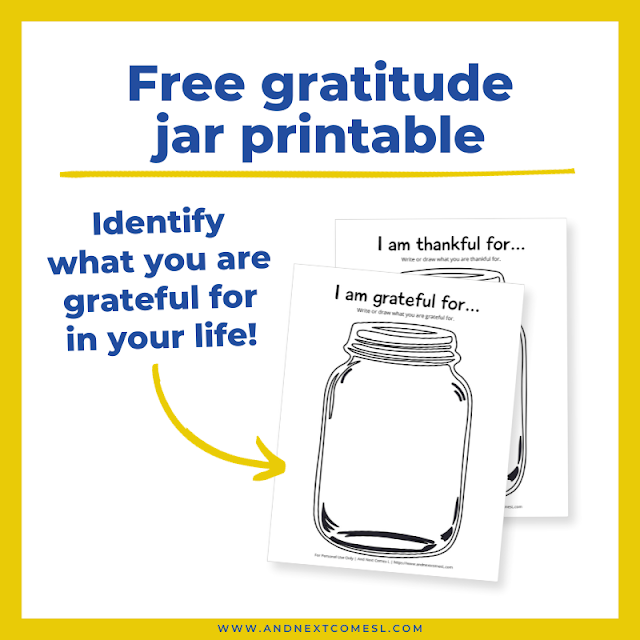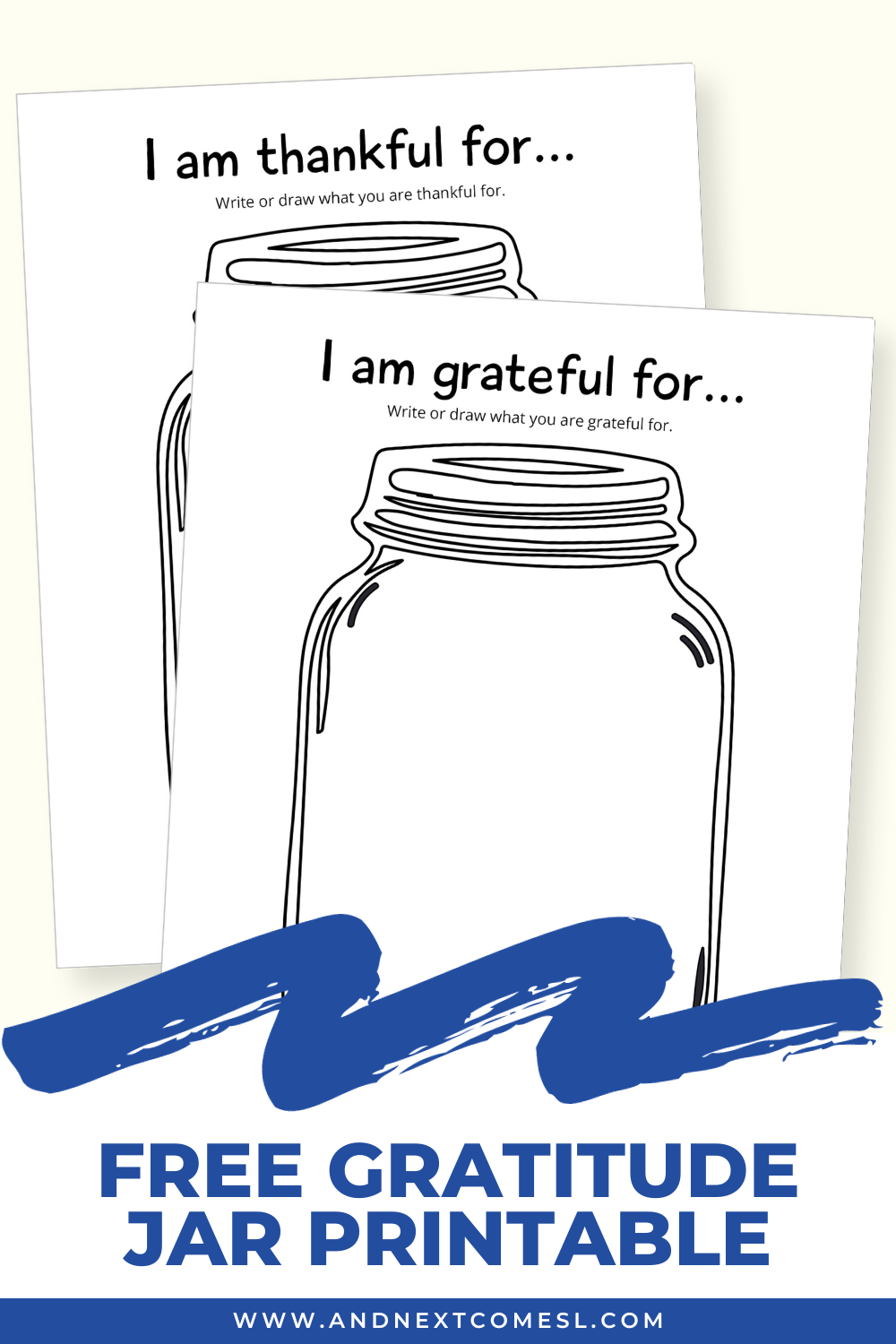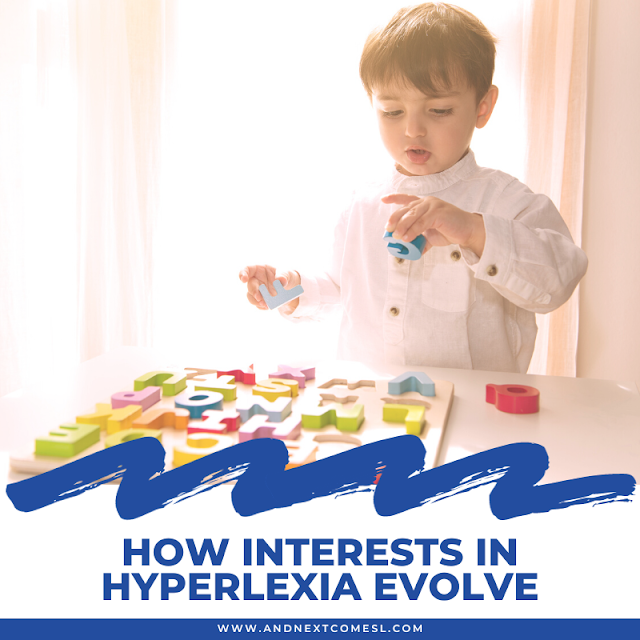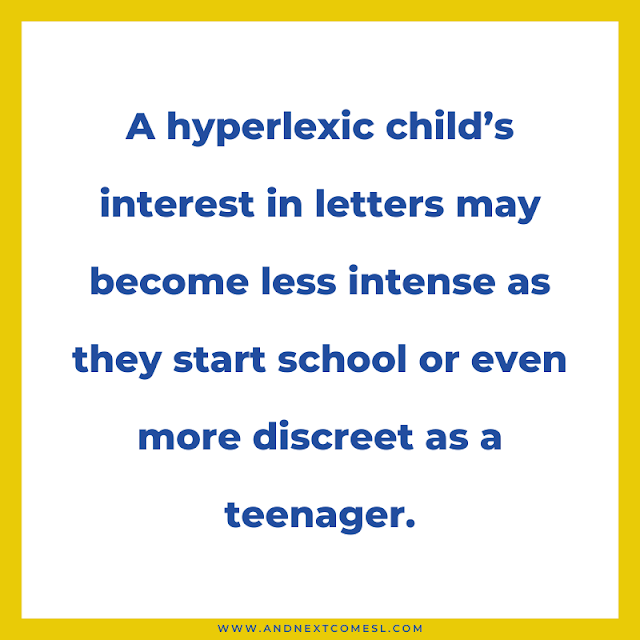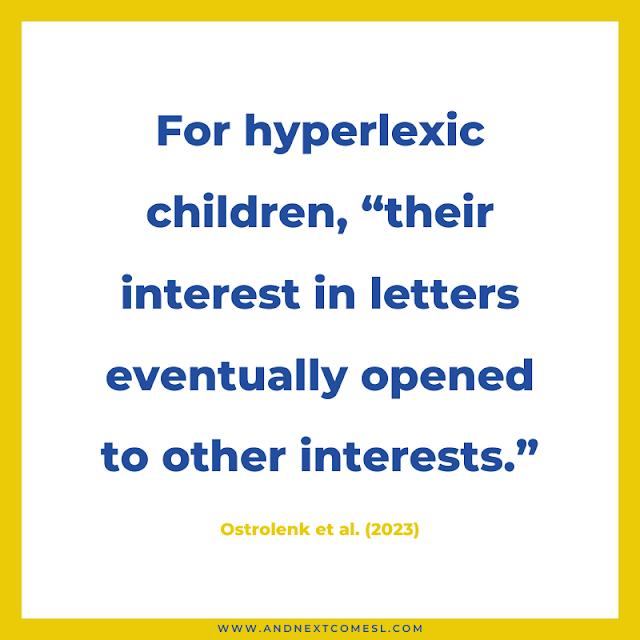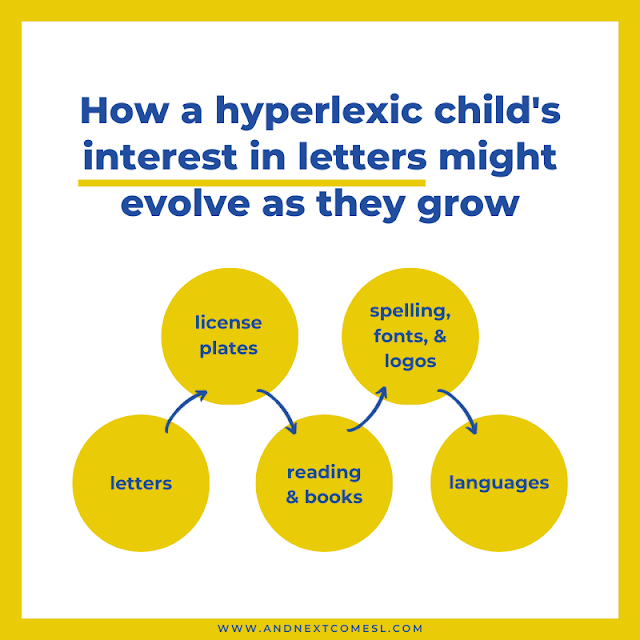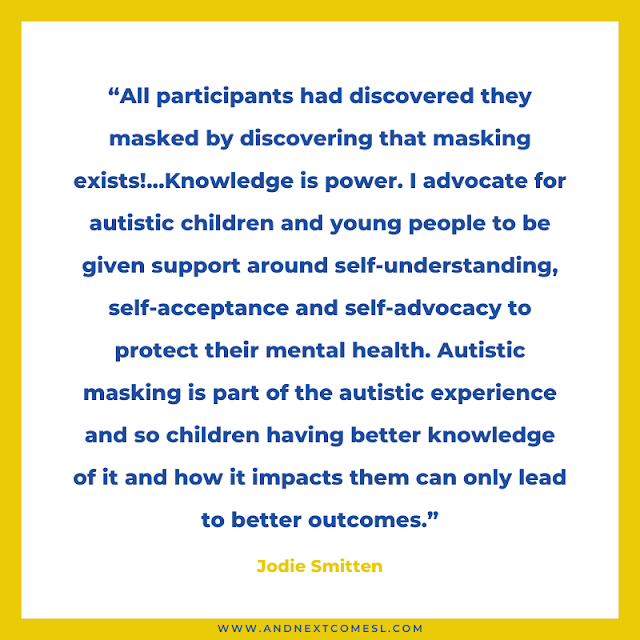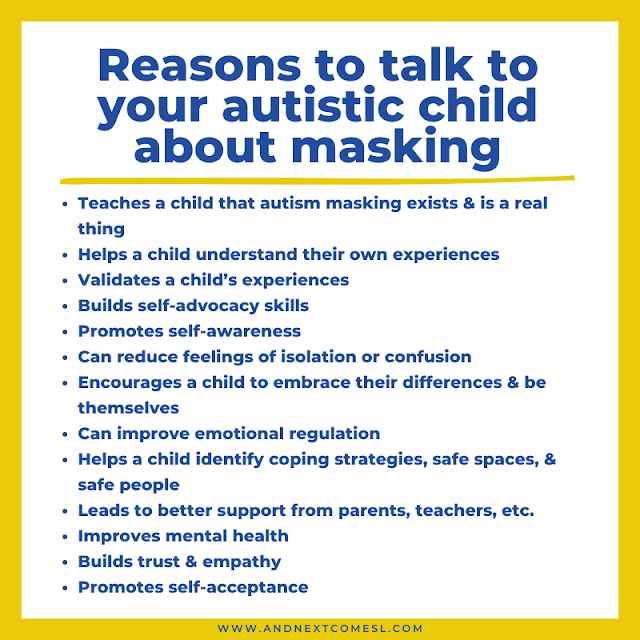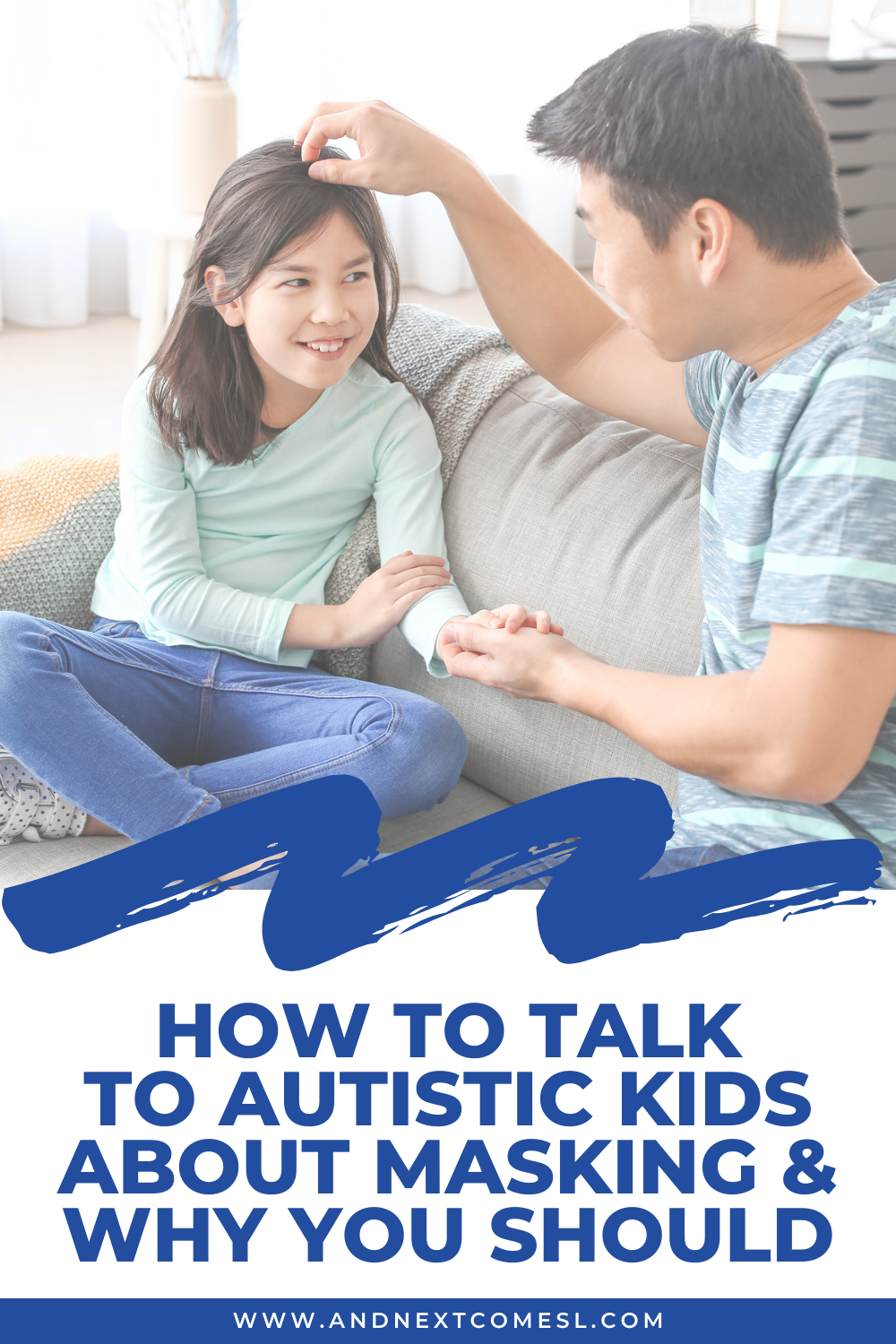Up until a few years ago, you didn't really see people talking about concepts such as autistic camouflaging, social masking, or unmasking. Yet, they are incredibly important topics to learn about, especially if you are autistic yourself. And, thankfully, more and more people are sharing their experiences.
Now, once you understand the basics of autistic masking, the next logical step is to look at the unmasking experience and what that means. Right? Well, that's obviously what we're going to explore here...(I mean the title kind of gives it away, doesn't it?)
Specifically, we're going to dive into answering the question: what is unmasking in autism? You'll discover what it is, the motivations or reasons behind it, what it looks like to be an unmasked autistic person, and more.
What is Unmasking in Autism? A Definition
If you were to look up the term unmasking in a dictionary, you would see definitions such as "to reveal the true nature of" or "to remove a mask from." (source) And that's precisely what unmasking in autism is about.
For a more specific definition, unmasking can be defined as the process of removing or giving up masking and revealing one's true, authentic, and autistic self.
It is important to highlight that unmasking in autism is a process that requires a lot of self-acceptance and self-discovery. So, it is deeply personal. That means that the process will be unique to each and every autistic person.
Motivations & Reasons to Unmask
If you're familiar with autistic masking at all (which you should be before reading this), then you're probably aware that there are lots of reasons why autistic people might mask their autistic traits.
Unsurprisingly, there are also a number of reasons to drop the mask, so to speak, including:
- For mental health considerations
- To be more authentic and true to oneself
- To find and develop healthy coping strategies
- Due to social exhaustion
- They're unable to maintain the mask
- To manage sensory overload
- They're in a safe place or among people they trust
- To educate others about autism
- For self-regulation purposes
- For self-advocacy purposes
- To reduce stress and anxiety
- To build deeper and more meaningful social relationships
- To avoid other long term consequences and effects of autistic masking
Remember, unmasking is a personal process so reasons may vary from one autistic person to another.
Yet, as you can probably tell from this list, unmasking is beneficial and healthy. I mean less stress, deeper connections, managing sensory overload, better mental health...those are all great things!
But what does the process of unmasking involve? What does it look like? What helps a person drop the mask? That's what we'll look at next.
What Does Autistic Unmasking Look Like?
The following are some examples of what autistic unmasking can look like. Keep in mind that it may look different for every individual (tired of me saying this yet?). It is worth mentioning, though, that it's all about embracing your autistic identity and trying to live more authentically. That might mean:
- Accepting your autistic traits and being more open about what it's like to be autistic
- Celebrating neurodiversity
- Stimming freely
- Paying attention to your sensory needs and using sensory tools and strategies as needed
- Advocating for your needs
- Using accommodations and supports (e.g., visual aids, fidgets, sensory tools, AAC device)
- Educating others and sharing your own experiences
- Setting boundaries and sticking to them
- Embracing special interests
- Exploring your own identity
- Prioritizing self-care and well-being (e.g., taking breaks to recharge and recover, practicing healthy coping strategies, doing things at your own pace)
While it's helpful to know what it can look like, sometimes it's difficult to know how to get to that point or where to even start. Especially if you are new to this process. So, are there certain things that help a person unmask? Well, that's what we'll look at next.
How to Unmask: Things You Can Do or Try
Not sure where to begin when it comes to unmasking? Here are some things that can help you during the process:
- Rediscover a passion and embrace your special interests
- Connect with others in the autism or neurodivergent community (talking to others who have similar experiences can be super helpful!)
- Spend time alone and take time for self-reflection
- Learn about your autistic traits and embrace autistic culture (resources here)
- Stim freely
- Infodump about your passions or special interests, especially to someone you feel safe around and trust
- Listen to your favorite music or rewatch your favorite movies, shows, and videos
- Rely on things that are safe and comforting in terms of sensory input (e.g., eating samefoods, spending time in sensory-friendly spaces, using fidgets or sensory tools, engaging in calming sensory activities, wearing clothing that is comfortable)
- Ask for support and accommodations
- Try using other modes of communication (e.g., using scripts, communication cards, or an AAC device) that will help with social interactions
- Acknowledge any internalized ableism and work on dismantling that
- Use visual supports (e.g., checklists, visual schedules, social stories, written supports, communication cards)
- Establish boundaries
- Go at your own pace and do things on your own terms
- Educate others about autism, sensory processing, and autistic traits
- Build a support network with people you trust
- Read about others' experiences with masking and unmasking (see a couple of book recommendations below)
Obviously, this list is not exhaustive, but it is a good starting point for those who might be learning how to unmask. Remember, this process is personal and highly individual (repetition helps, okay?). So, do what works for you.
If you need more strategies and ideas, keep in mind that there are books that go into more depth on this particular topic, which leads me to the next section...
Useful Books About Unmasking in Autism
Ready to learn more and want to dive deeper into unmasking? Well, here are some book suggestions that you might be interested in:
1. Taking Off the Mask by Dr. Hannah Louise Belcher - This book is filled with lots of research and information about autistic masking and camouflaging. It also includes practical exercises to help autistic people. The book is relatively short too (around 150 pages) so it shouldn't take too long to read through.
2. Unmasking Autism by Devon Price - I know that many autistic people have found this book helpful and really informative. It comes highly recommended! It's a book I started reading, but never finished (and probably should try to read again).
A Summary of Autism Unmasked
We covered a lot of information above. So, let's do a quick summary of what unmasking in autism is, what it looks like, and what you can do to help.
- Unmasking is the process of removing or giving up masking and revealing one's true, authentic, and autistic self.
- This process of unmasking is personal and highly individual so it will look different for every autistic person.
- There are plenty of reasons to unmask, but two common ones are for mental health reasons and to be more true to oneself.
- Autism unmasked looks like accepting your autism, stimming freely, advocating for your needs, using accommodations, setting boundaries, and exploring your own identity.
- To get started with unmasking, you can try connecting with others in the autism community, embracing your special interests, learning about autistic traits, using visual supports, and reading about others' experiences.
You now have a better answer to the question: what is unmasking in autism? and, hopefully, this information will help you as you begin to unmask (or support someone else who might be trying to unmask). Good luck!


